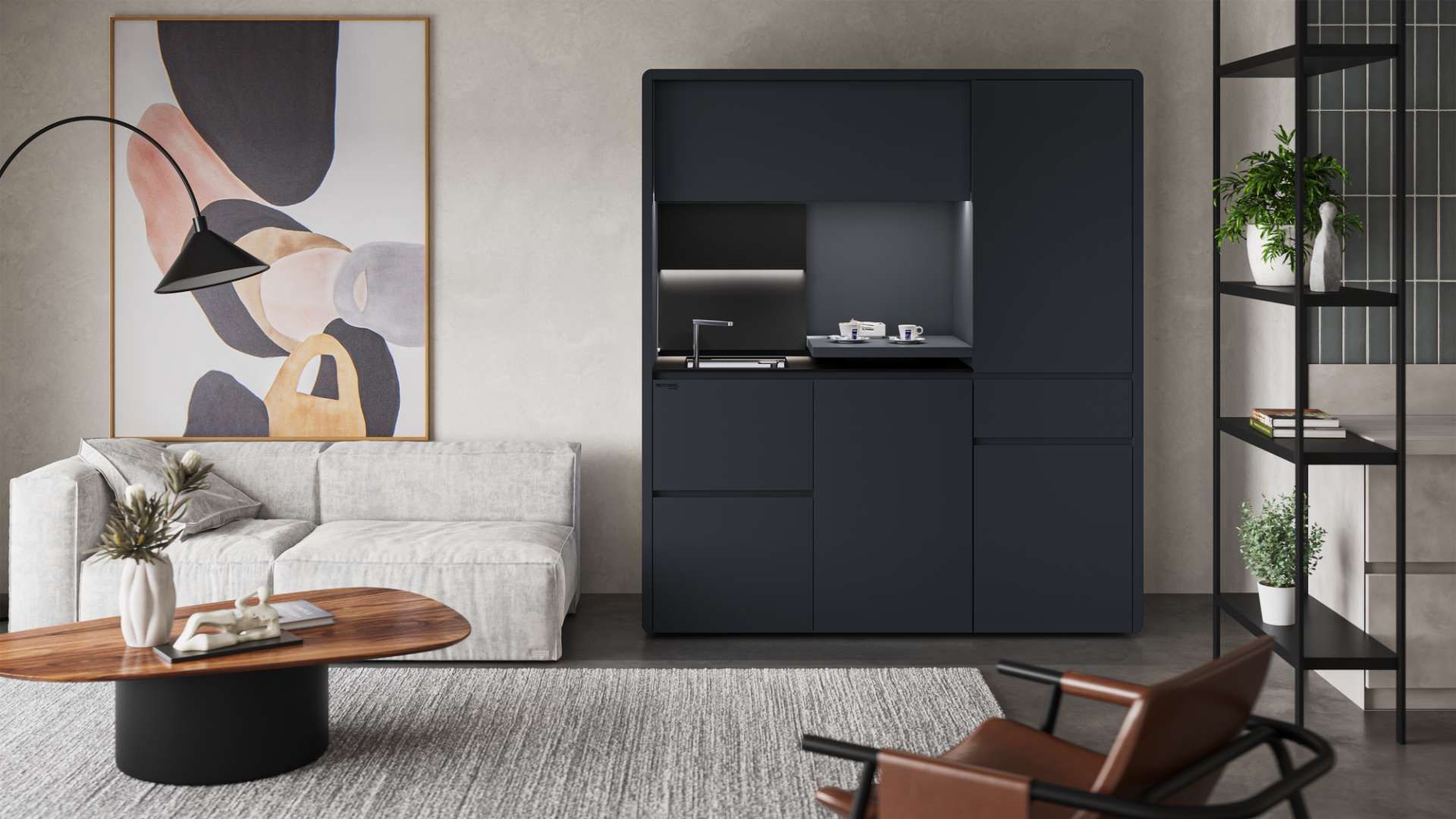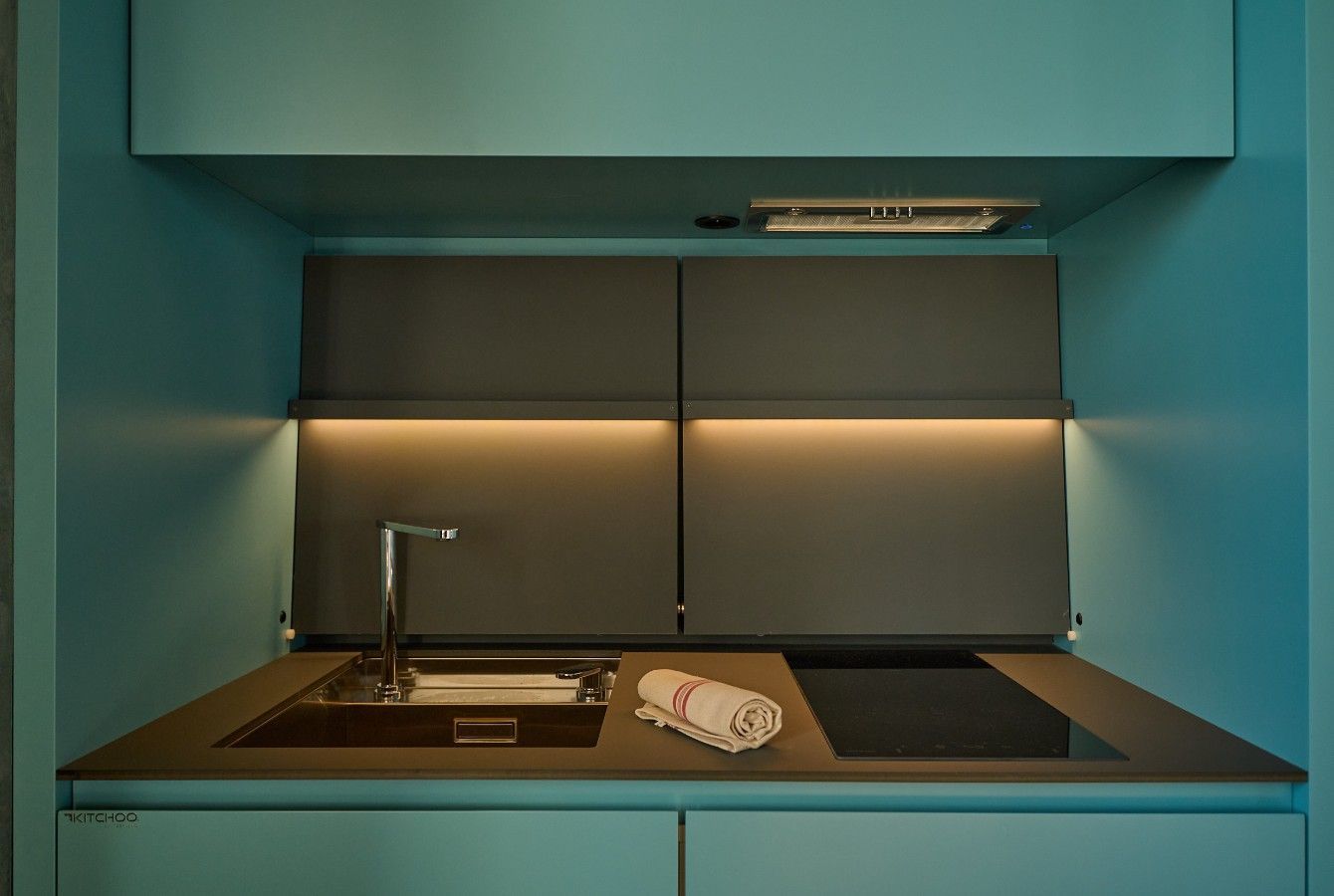Is less More ?
“Less is more” When Ludwig Mies van Der Rohe, recognized as one of the founders of modern architecture, said this, he was referring to the simplicity and minimalism in design – however, does it apply to the size of homes? We are seeing a continued trend around the world of floor plans shrinking, primarily attributed to increasing urbanization and a shift in cultural values. The inherent result is a shift in the prominence of asset classes in major economies, and the rise of vertical living, apartments, built-to-rent, multifamily, and mixed-use assets.
Shift in architecture
Architects are designing living spaces with open floor plans and innovative multi-purpose solutions to optimize space usage. This allows for increased flexibility and more efficient use of space, making smaller spaces more feasible for home buyers and renters.
Cost of living
Increasing costs of living are making smaller floor spaces more attractive for homeowners and tenants, where larger floor plans and property sizes cost more to maintain and often receive larger taxes upon purchase or sale.
Urbanization & shift in cultural values
Urbanization is continuing to increase as people are prioritizing lifestyle, mobility, and convenience. In addition, millions of people are migrating from rural areas to urban environments to receive better employment opportunities, education, and public services. Further, housing sizes are changing as the number of children per family is decreasing.
Sustainable upside
Smaller homes inherently require fewer resources to construct, and apartment development means multiple residences can be constructed using the same resources benefiting from the same economies of scale in manufacturing. In addition, smaller homes consume less electricity and resources.
Wellbeing
Smaller living has various implications for well-being. Higher density means more interaction with neighbors, though studies have shown an actual decrease in belongingness and sense of community in dense urban environments. In addition, smaller living spaces and dense living can have a negative impact on mental health with reduced natural lighting and more confined living areas.
Social implications
With more density and interaction with neighbors, in some cases, smaller housing comes with the benefits of shared amenities, where apartment residents can share spaces like laundries, gyms, and workspaces allowing them convenient access to such facilities without having to have it on their property. Further, small housing provides more of an emphasis on flexibility and lifestyle. With less space to clean and manage, and closer distances to recreational and employment activities, smaller spaces free up time for residents giving them more flexibility
Although this trend is occurring on average on a global scale, specific markets are still experiencing growth in average housing sizes. These markets tend to have less dense and highly developed economies, where space is still available and the rate of urbanization isn’t high, such as the US, Canada, and Australia.
In Australia for example, the average housing size hasn’t decreased, partially due to permitting and planning restrictions of many areas around the city and Australian cultural values which tend to preference suburban living. However, we have continued to see the growth of vertical living in Australia and as regulations change, we may see a decrease in the average home size within the next decade.
Conclusion
The ongoing trend towards smaller living spaces reflects a multifaceted shift driven by
urbanization,
economic
pressures, and changing cultural values. These smaller homes not only address the challenges of urban density and high living costs but also align with a cultural shift towards smaller family units and a preference for convenience and accessibility. Smaller living spaces offers sustainability benefits, reducing use of resources and encouraging designs that are both innovative and environmentally conscious.

Blog
Head office
Kitchoo (Suisse) SA
Chemin des Usses 13
1245 Collonge-Bellerive
S w i t z e r l a n d
Follow us on social networks
We constantly strive to improve the quality of our products, we reserve the right to modify, at any time, the characteristics. Our Kitchoo models are internationally protected. Kitchoo is a registered trademark. All rights reserved - ® copyright Kitchoo (Switzerland) public limited company 01.2025.
© 2025 Kitchoo (Switzerland) SA. All rights reserved. Data protection





